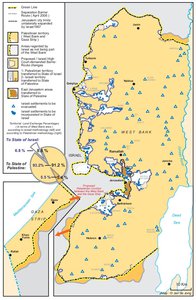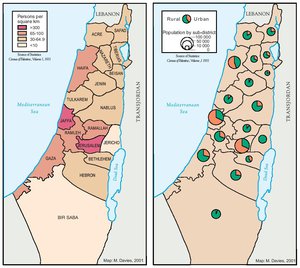THE DEMOGRAPHY OF PALESTINE, 1931
Map Details
In 1931, the British conducted their second census of Mandate Palestine. Today considered one of the most
accurate of the period, the enumerations shed light on a number of important characteristics and developing
trends.
Some 759,712 Muslims made up 73% of the total counted population - put at 1,035,821 - while 174,610
Jews represented 16.9% and 91,398 Christians 8.6% of the total. Comparison with the 1922 census
revealed a growing urbanization within the Muslim population, though on the whole they remained
predominantly rural. Christians too were seen to be moving in significant numbers toward the urban centers
of Jaffa and Haifa, but had long been more urban than the Muslim sector. The impact of Zionist colonial
activities evinced an increase in Jewish agriculturalists, though the Jewish community remained on the
whole distinctly urban.1
Agricultural production reflected the dominance of the 63% of Muslims employed in the agricultural sector,
with between 86% and 97% of every variety of agricultural crop being produced by Arab farmers. Muslims
(predominantly - being 88% of the rural population) and Christians (to a lesser extent) cultivated over four
million dunums of cereal crops, 120,000 dunums of watermelons, nearly 600,000 dunums of olives and
293,000 dunums of vegetables, along with vineyards, banana plantations and tobacco fields as well as
rearing nearly a million head of livestock.
While the Muslims dominated the rural agricultural sector, Christians could be seen to have followed an
opposite trend, with over 60% employed in industry, commerce, the liberal professions or public service.
The overriding shift towards urbanization within the total Arab population amounted to a 47% Arab
population growth in urban areas since 1922, as opposed to a 32% growth rate rurally.
The Jewish population had more than doubled since 1922. In all, a full 58% of the 1931 population was born
outside Palestine - the majority of these (80,347) in Europe. Over 74,000 had not taken up citizenship and
remained foreign nationals. European education and the comparative prosperity of the community was
reflected in the 72% literacy rate; markedly higher than the 48% and 10% rates recorded for the Christian
and Muslim communities respectively. Two thirds of the urban Jewish population were found in the cities of
Jerusalem, Jaffa, Haifa and Tel Aviv. Despite being only 16.9% of the total population, Jews made up 33%
of the urban population.
The demographic and economic trends indicated in the census were to increase in momentum in coming
years, bringing lasting changes in societal structure. By 1931, British policy had led to significant increases
in capital investment in certain sectors, creating the beginnings of a new urban elite in Palestinian society.
Modern infrastructure was being built apace, while financial pressures imposed on landowners by
accelerating Zionist activities were rapidly undermining traditional hierarchies. Rural tenant farmers could
already be identified as the primary losers in what was to be an era of economic redistribution. In 1929, Sir
John Hope Simpson, heading a commission of inquiry into issues of immigration, land and settlement,
noted, “no occupancy right exists in favor of the Arab tenant in Palestine,” and expressed his belief that,
with over a million dunums of Palestinian rural land already acquired by the Zionists, “there is no room for a
single additional settlement if the standard of life of the Arab fellaheen is to remain at its present level.”
Related Maps
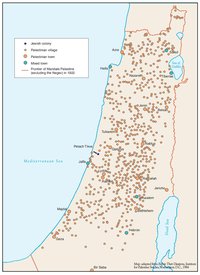
OTTOMAN PALESTINE, 1878
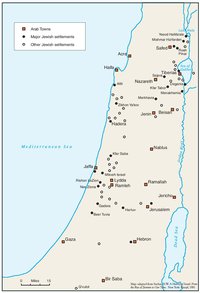
ARAB TOWNS AND JEWISH SETTLEMENTS IN PALESTINE, 1881-1914
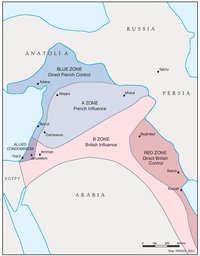
THE SYKES-PICOT AGREEMENT, 1916
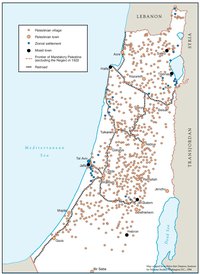
THE BEGINNING OF THE BRITISH MANDATE, 1920
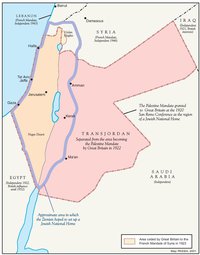
PALESTINE UNDER THE BRITISH MANDATE
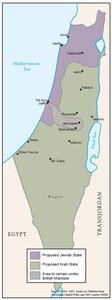
THE PEEL COMMISSION PARTITION PROPOSAL, 1937
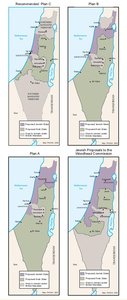
THE WOODHEAD COMMISSION PARTITION PROPOSALS, 1938
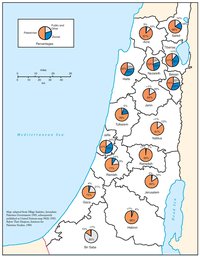
PALESTINIAN AND ZIONIST LANDOWNERSHIP BY SUB-DISTRICT, 1945
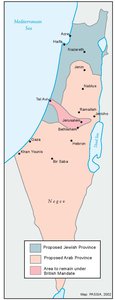
THE MORRISON-GRADY PARTITIONED TRUSTEESHIP PLAN, 1946
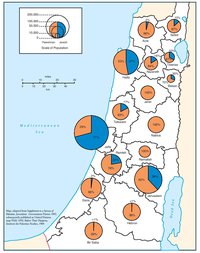
POPULATION OF PALESTINE BY SUB-DISTRICT, 1946
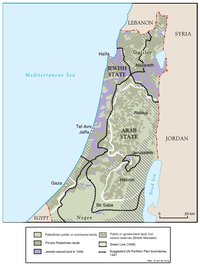
LAND OWNERSHIP IN PALESTINE, 1948
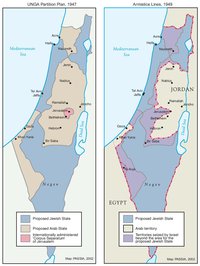
THE UNGA PARTITION PLAN, 1947 – THE 1948 WAR & THE 1949 ARMISTICE LINES
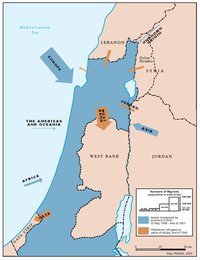
POPULATION MOVEMENTS, 1948-1951
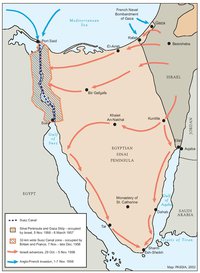
THE SUEZ WAR, 1956
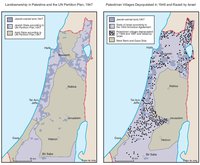
LAND OWNERSHIP IN PALESTINE AND THE UN PARTITION PLAN - PALESTINIAN DEPOPULATED AND DESTROYED VILLAGES, 1948-1949
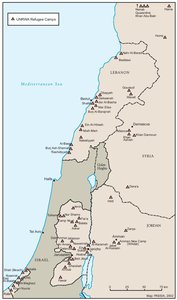
THE PALESTINIAN DIASPORA, 1958
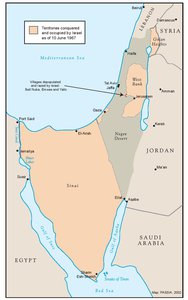
THE NEAR EAST AFTER THE JUNE 1967 WAR
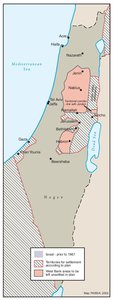
THE ALLON PLAN, JUNE 1967
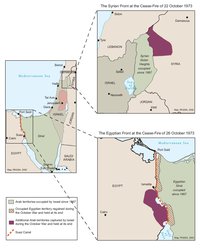
THE OCTOBER WAR, 1973
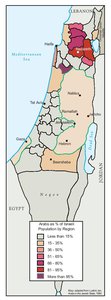
THE PALESTINIANS INSIDE ISRAEL, 1977
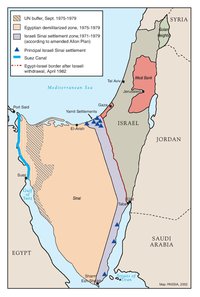
THE CAMP DAVID ACCORDS, 1978-1979
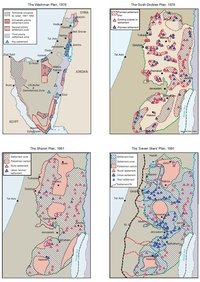
ISRAELI SETTLEMENT MASTER PLANS, 1976-1991
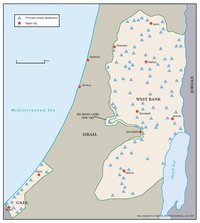
THE 1991 MADRID PEACE CONFERENCE & ISRAELI SETTLEMENTS
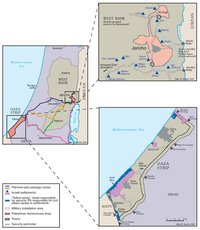
GAZA-JERICHO (OSLO I) AGREEMENT, CAIRO, 4 MAY 1994
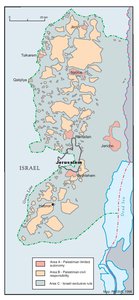
INTERIM (OSLO II) AGREEMENT, TABA, 28 SEPTEMBER 1995
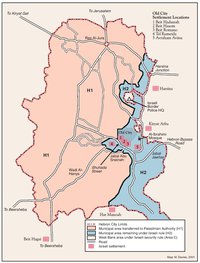
HEBRON PROTOCOL, 15 JANUARY 1997
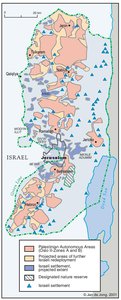
WYE RIVER MEMORANDUM, 23 OCTOBER 1998
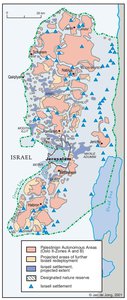
SHARM ESH-SHEIKH AGREEMENT, 4 SEPTEMBER 1999
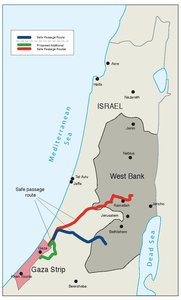
PROTOCOL CONCERNING SAFE PASSAGE BETWEEN THE WEST BANK AND THE GAZA STRIP, 5 OCTOBER 1999
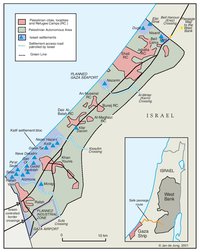
GAZA, 2000
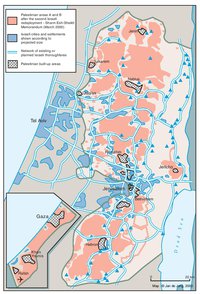
WEST BANK AND GAZA STRIP, MARCH 2000
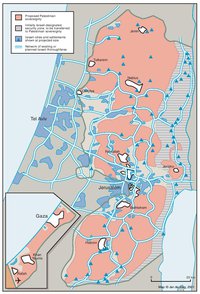
CAMP DAVID PROJECTION, JULY 2000
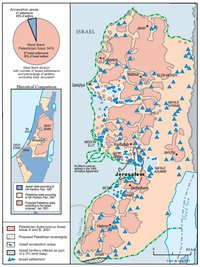
TABA TALKS PROJECTION, JANUARY 2001
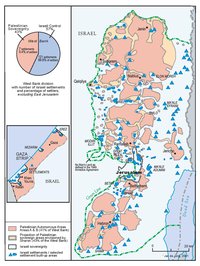
THE SHARON PROPOSAL, SPRING 2001
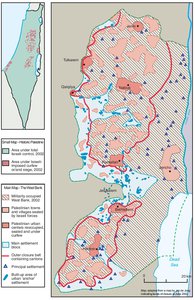
THE REINVASION OF THE PALESTINIAN TERRITORIES, 2001-2002
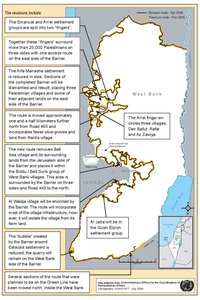
THE ROAD MAP, 2003
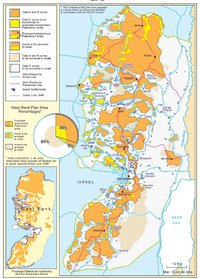
THE GENEVA INITIATIVE AND ACCORD, 2003
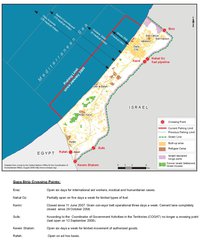
THE ISRAELI DISENGAGEMENT PLAN, 2003-2005
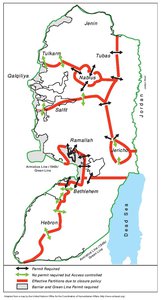
AGREED DOCUMENTS ON MOVEMENT AND ACCESS FROM AND TO GAZA, 2005
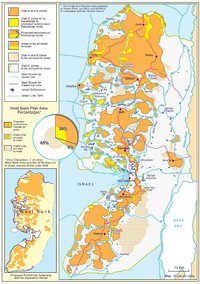
THE SETTLERS' PLAN FOR PALESTINIAN AUTONOMY, 2006
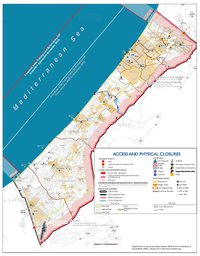
THE GAZA STRIP TODAY (2014)
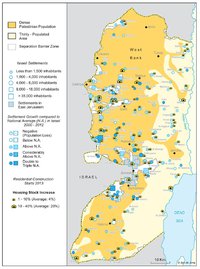
THE WEST BANK TODAY (2014)
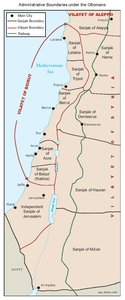
ADMINISTRATIVE BOUNDARIES
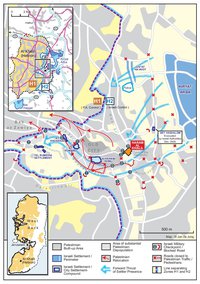
HEBRON
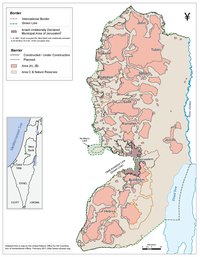
Area C
